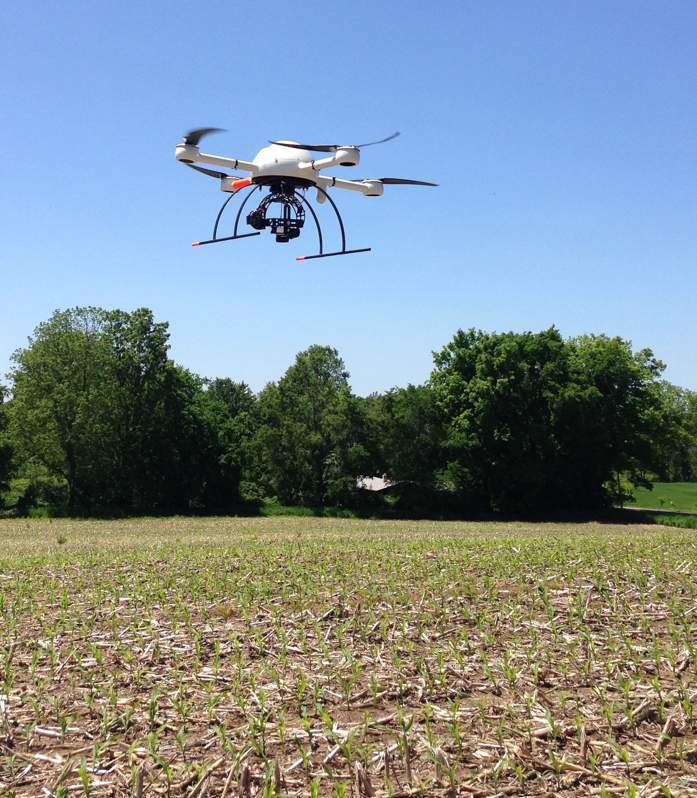Evaluating spatial resolution of remote sensing imagery to monitor crop growth in legume-based cropping systems
Location: Central America and West Africa
Contact: Dr. Bruno Basso, Michigan State University, basso@msu.edu

We plan to use high resolution satellite imagery to monitor legume-based systems to identify the optimal spatial resolution able to capture plant growth variation and productivity at selected small holder farmer in West Africa and Honduras.
This research is designed to be a quick-start because it allows for a better understanding of the spatial resolution of remotely sensed images to monitor and understand legume systems at small holder farmers.
The selection of the proper source of imagery platform, spatial, temporal and spectral resolution will be of paramount importance for any other activity that depends on large scale assessment of crop growth in legume-based systems.
The results of this study would save significant investment later on and would provide the basis for linking remote sensing and crop simulation systems, which are critical tools to monitoring, assessing, understanding and improving legume-based systems.
We will compare different sources of images at different spatial resolution 10 areas in of 20 by 20 km in Honduras and West Africa, as initial case studies. The satellite images to be verified are Terra Bella (1m), RapidEye (5m), and Sentinel 2 (10m), LandSat (30m), Modis (100m). Test areas will be selected based an analysis of the maps depicting general vulnerability to drought years based on Global high-resolution water balance and remotely sensed vegetation indices (i.e. NDVI, EVI) (dry years vs normal years) terrain analysis and precipitation.
Want to learn more?



